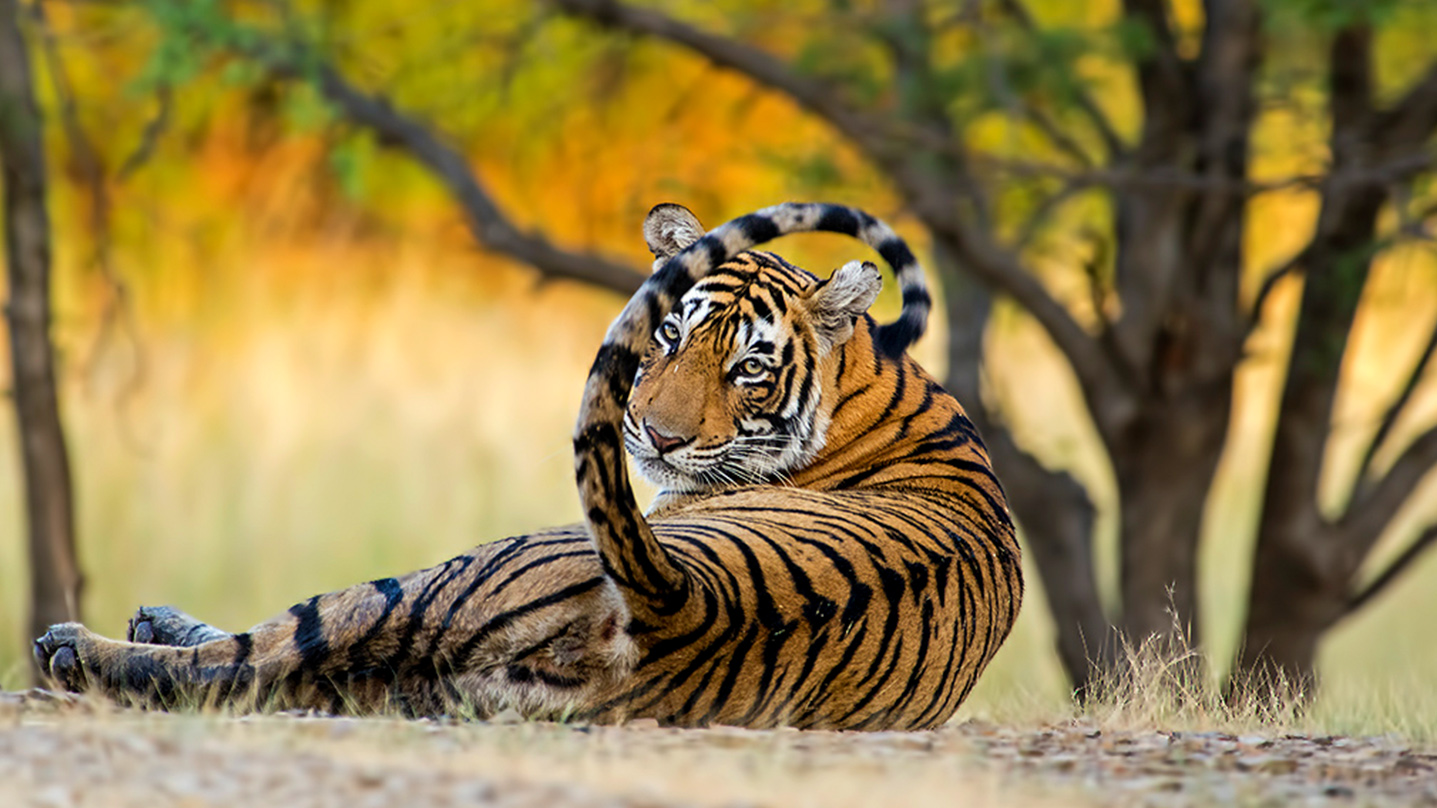Sandeepsthan
Rajasthan through eyes of Sandeep
SANDEEP | JANUARY 19th, 2018
-
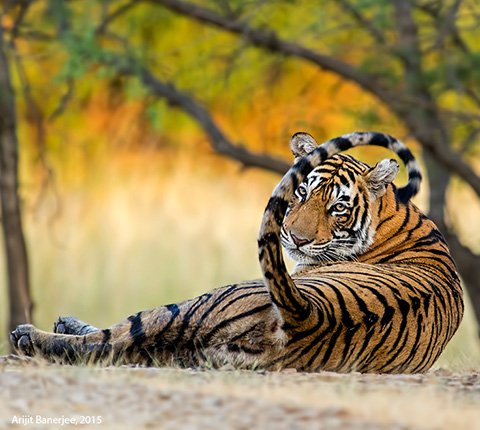
Answering the Call of the wild at Rajasthan
It is only when you distance yourself from the burgeoning human populace and trudge into the vast, untamed, uncorrupted wild that you realize the actual calm in the clamor. Within the palaces, forts and colorful cities of the majestic state of Rajasthan, you may find its legacy, culture and history;but if enthralling is what you seek, you will need to tread into its enormous wilderness. Harboring some of the best wildlife sanctuaries and Forest reserves, Rajasthan will let you coalesce with the raw yet beautiful wild.
-
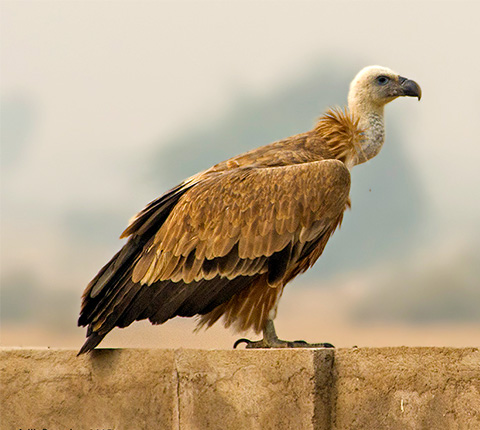
Jorbeed
Approximately at a 15-kilometer drive from Bikaner lies what is probably Asia’s largest congregation of the most exotic birds of prey.Jorbeed (or Jorbeer), unlike most sanctuaries, allows you to witness the wild amidst actual wilderness or to put it more correctly, their natural habitat. A vast dumping ground for cattle carcasses, Jorbeed is a paradise ofall kinds of raptors specially in winters, right from Tawny Eagles, Egyptian Vultures, Himalayan and Eurasian Griffon Vultures to Cinereous and Steppe Eagles. A bird lover or not, Jorbeed will most definitely throw before your eyes a sight like no other. With exceptional species of birds perching on trees and hovering over the ground in huge numbers, not being overwhelmed is unlikely. The Imperial Eagle, Red-naped Ibis, Black Ibis, Black-eyed Kite, Shikra and yellow-eyed pigeons are a few other species you can encounter amongst the Raptor camaraderie. Our final word of advice- stay eagle-eyed when here.
-
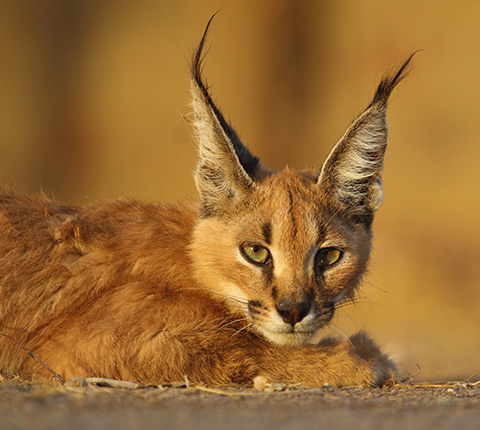
Kaila Devi Wildlife Sanctuary, Karauli
The Keladevi Wildlife Sanctuary is originally an extension of the popular Ranthambore National Park. Situated adjacent to the Rajasthan-Madhya Pradesh Border, in Karauli district, the Kaila Devi Wildlife Sanctuary is among the best places to witness the wild in Rajasthan. The wildlife sanctuary starts off right after the Kaila Devi Temple which is what it has been named after. The temple is dedicated to the tutelary deity, Kaila Devi, of the once princely state of Karauli. Rivers Banas and Chambal that border the Ranthambore National Park lie to the west and south-east side of this sanctuary, respectively. The sanctuary serves as a scenic landscape to watch a rich variety of wildlife including leopards, jackals, tigers, wolves, sloth bears, wild boars, hyenas, chinkaras, sambhar, and so on. Setting on a jeep safari, you can also come across exotic birds such as kingfishers and sandpipers in these lands.
-
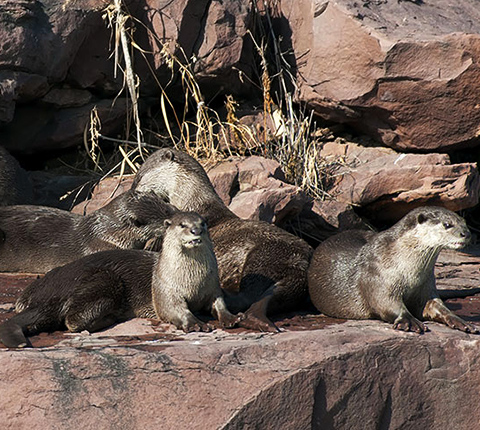
Mukandara Hills Tiger Reserve, Kota
The core area of the Mukandara Hills National Park and Tiger Reserve is one of the oldest sanctuaries of India, namely Darrah Sanctuary. Even before independence this area was a hunting protectorate of Kota state and famous for its tigers and other big cats and deer. Mukandara Hills National Park was conceived and designed by carving out areas from Darrah, Jawahar sagar and National Chambal Sanctuaries. In view of the potential and suitability of its habitat, it has been upgraded in to a Tiger Reserve, where tigers will be arriving shortly. It will be the third tiger reserve of the state. The Reserve has gently sloping hills covered with ‘Dhok’ trees and a mixed jungle of sheesam, bel, imali, arjun, ficus, khair, gurjan and salar. Sambhar, cheetal, chinkara, Neelgai and four-horned antelope are the true deer, gazelle and antelope found in the reserve. Leopard are common and so are the wolf, jackal, hyena and sloth bear. Paradise flycatcher, Golden oriole, a variety of woodpeckers, flycatchers, doves, babblers, mynas, sandgrouse, nightjars, eagles, owls and vultures form the most important and conservation dependent avian species of Mukandara. The lakes and ponds within the Reserve support a wide variety of migratory and resident water birds, including geese and ducks. The reserve besides having a unique wildlife treasure also has many historical monuments of great value. Gargron fort, monuments of Darrah, Badoli temple complex and cave paintings of pre-historic man are important tourist attractions of the Reserve.
-
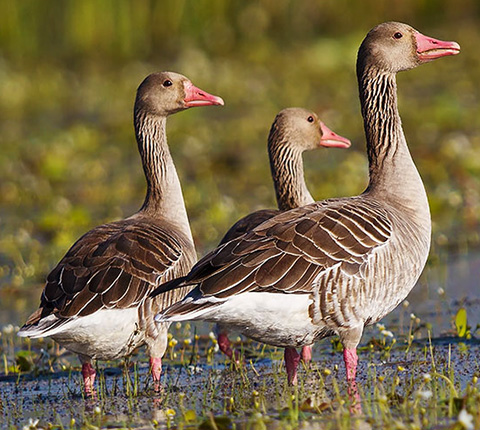
Sorsan
The human intervention could not save ‘Godavan’ or Great Indian Bustard in Sorsan but ‘Godavan’ saved the habitat for its co-inhabitants, like – Blackbuck, Chinkara, Indian fox, Wolf and a plethora of grassland birds. The area first got its protected status around 1990, when over 35 Great Indian Bustards roamed the grassland and to every ornithologist’s delight bred here regularly. The loss of ‘Godavan’ has in no way diminished the conservation value of Sorsan as a number of endangered and near threatened species of birds and mammals are seen in the area by the nature lovers and tourists. Large number of Blackbucks and Chinkaraare seen frolicking on the undulating grassland interspersed with Khejadi trees and ‘Ber’ bushes. It is a birdwatchers dream destination as one can see and photograph birds like - harriers, coursers, owls, quails, francolins, falcons, eagles, cranes, larks, wheatears, sandgrouse and storks. Fairly large flocks of cranes, geese, ducks and waders gather on the wetlands surrounding the plateau land of the protected area. Its close proximity to the highway and railhead leading to Kota (35 Km) and Baran (30 Km) makes it conveniently approachable and ideal as a day-off nature destination.



